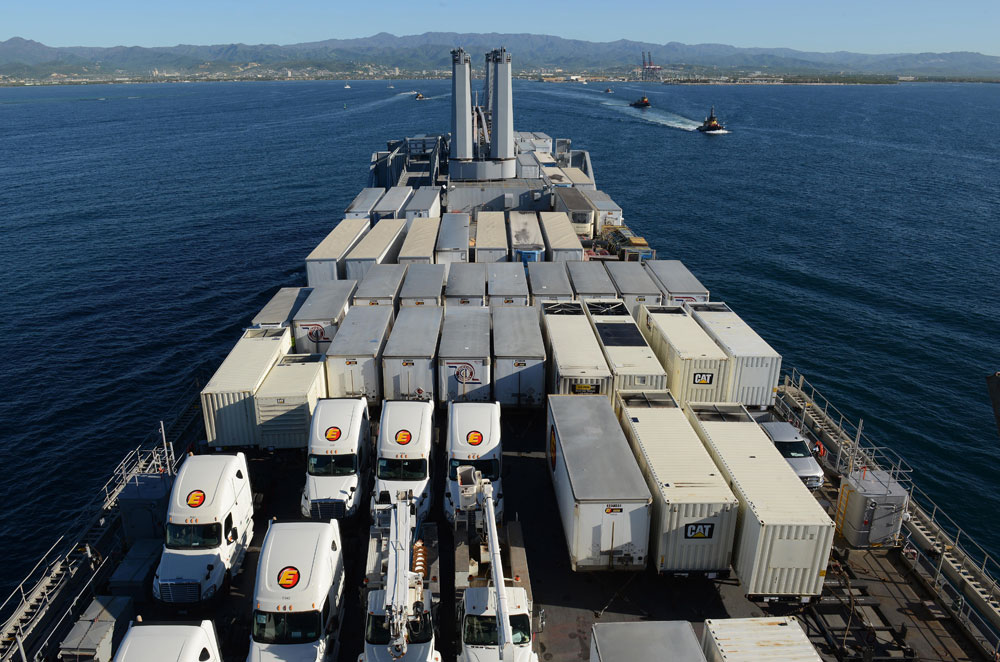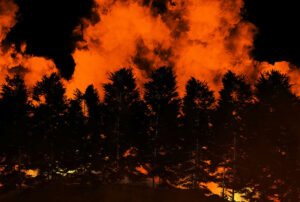
November 27, 2019; New York Times
“An examination of Federal Emergency Management Agency (FEMA) data and records demonstrates the degree to which the recovery from Hurricanes Maria and Irma on America’s Caribbean islands has been stalled compared with some of the most disaster-prone states on the mainland, leaving the islands’ critical infrastructure in squalor and limbo,” report Mark Walker and Zolan Kanno-Youngs in the New York Times.
The Times notes that, according to FEMA officials, only 190 long-term recovery projects have been funded in Puerto Rico out of more than 9,000 requests. On the United States Virgin Islands, the numbers are still dismal, but better than Puerto Rico, with 218 projects funded out of 1,500-plus requests. By contrast, about 3,700 large and small permanent work projects had obligated funding in Texas, two years after Hurricane Harvey hit the Gulf Coast in August 2017 and more than 3,700 such projects had been funded over that time in Florida.
The disparity, note Walker and Kanno-Youngs, highlights a vast gap in “how a federal government in Washington has treated citizens on the mainland, with voting representatives in Congress and a say in presidential contests, compared with citizens on the islands.”
“At the end of the day, we’re talking about the life and the well-being of human beings,” notes Dyma Williams, the acting chief executive at the Gov. Juan F. Luis Hospital on St. Croix. “I hate to make the distinction about American versus not American, but at the end of the day, we’re not being treated the same way as other Americans are being treated.”
FEMA officials claim part of the problem lies with how US recovery assistance is delivered. Local governments or charities usually front the money to at least begin construction and then are reimbursed by FEMA. But as Chris Curie, director of the Government Accountability Office (GAO) team that studies disaster relief, notes, “Because of the fiscal challenges and their situation financially, they don’t have the funding or access to loans. So they are completely reliant on FEMA.”
Sign up for our free newsletters
Subscribe to NPQ's newsletters to have our top stories delivered directly to your inbox.
By signing up, you agree to our privacy policy and terms of use, and to receive messages from NPQ and our partners.
“Most municipalities and agencies, which is what we are focusing on right now, don’t have the money to start the work,” explains Ottmar Chavez, the executive director of Puerto Rico’s Central Office for Recovery, Reconstruction and Resiliency.
Representative Nydia Velázquez, Democrat of New York and the first Puerto Rican woman elected to the US House, tells the Times that “from Day 1, right after Maria hit Puerto Rico, there has been a different standard for how the administration responded to Harvey and Irma.” She notes that her own sister in Puerto Rico had no power for 13 months.
The mayor of San Juan, Carmen Yulín Cruz, says she has searched for the answer for why the recovery effort in Puerto Rico and the Virgin Islands had been so slow and could come up with only one: Those places were treated with no sense of urgency because the victims were people of color. “You can kill people with a gun, or you can kill them with neglect,” Cruz observes.
White House aides claim the slowness of aid to Puerto Rico in part is due to the existence of 375 public corruption convictions between 2008 and 2017, but that figure, notes the Times was driven largely by a federal investigation into Puerto Rico’s police force in 2011. Yet, “during the same time frame, Texas had almost 1,000 public corruption convictions,” which hasn’t stopped Texas from having 3,700 funded requests compared to Puerto Rico’s 190.
So far, FEMA and other agencies have disbursed about $14 billion in aid to Puerto Rico, out of an estimated $91 billion that will be needed over the next two decades, notes Chavez. Most of that money went toward debris removal, emergency home repairs and restoring power, which took, as Velázquez notes, as long as 13 months in some places.—Steve Dubb












